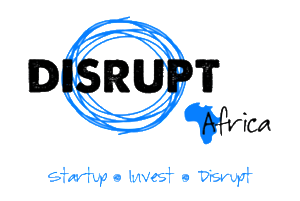Kenyan innovation space iHub is to relocate from its current location on Ngong Road by the end of the year as it looks to find a bigger space for the hub’s development.
Launched in Nairobi in 2010, iHub provides a home for Kenya’s tech community and allows developers and entrepreneurs to connect and work on ideas. It currently has more than 16,000 members, and also includes the m:lab incubator, iHub Research and Gearbox.
Disrupt Africa reported in March iHub raised funding from a number of local investors in order to help it scale operations, tighten up its service offerings and reach sustainability, with co-founder Erik Hersman declaring the “next chapter” for the space.
Part of the development plan is relocation, with interim chief executive officer (CEO) Kamal Bhattacharya saying iHub had sent a cancellation notice to its current landlords at the Bishop Magua centre on Ngong Road, which also houses Nailab. The current space has been iHub’s home since its launch.
“Our goal is to move the iHub into a new location by the end of the year. We believe that this is necessary for many reasons,” Bhattacharya said.
“I’ve requested a meeting with members of the folks who are right now sharing this building with us and am also inviting feedback from all of you. I want to make sure we don’t break things, but the team and I feel that it is the right time for us to move to a new place.”
Bhattacharya has also outlined the strategy for what is being referred to as “iHub 2.0”, along the lines of “Connect, Build, Invent”.
“Connect is about connecting people and organisations to drive value in the ecosystem. Build is about helping our clients to develop solutions. Invent is about taking the lead in creating solutions that solve regional problems in novel ways,” he said.
“We are currently working with corporates, NGOs, development organisations, government, entrepreneurs, and members, who are mostly using space and events. We will consolidate this further, but this remains our core.”
For each product developed by iHub, it will create dedicated business models to allow it to generate income.
“Ultimately, we want to be profitable and be able to reinvest into the team and the community alike,” Bhattacharya said.
“We will create a business development and sales organisation. This organisation will understand both the need of our paying customers, our community, and have a clear insight on what we are offering across our verticals.”


